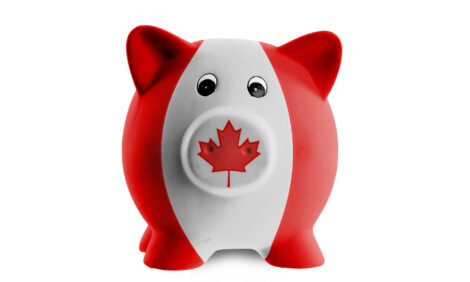



2003 Hog Prices Expected to Rise by 12 to 15 Percent
CANADA - Farm-Scape: Episode 1150. Farm-Scape is a Wonderworks Canada production and is distributed courtesy of Manitoba Pork Council and Sask Pork.  Farm-Scape is sponsored by
Manitoba Pork Council and Sask Pork  Play Audio Play AudioFarm-Scape is a Wonderworks Canada production and is distributed courtesy of Manitoba Pork Council and Sask Pork. |
Farm-Scape, Episode 1150
A Livestock Market Analyst with Manitoba Agriculture and Food predicts an average increase of 12 to 15 percent in the price of live hogs during 2003.The USDA's December first hog and pig report, released last week, indicates the US slaughter during 2003 will be down by one to two percent from 2002 levels.
Market Analysis and Statistics Branch Manager Janet Honey says, depending on how many hogs are exported from Canada and on whether carcasses are lighter than last year, as expected, pork production could be down by 1.5 to two percent this year.
"With less pork and steady demand, higher hog prices for 2003 are very probable.
If we use Sparks' finding of a change of 10.5 percent in price for every one percent change in hog supply, we can expect hog prices particularly in the second and third quarter to be up by about 20 percent.
If we look at local prices, we can look at the first quarter down by probably 10 percent from the first quarter 2002.
You have to remember that in the first quarter of 2002 prices were relatively high compared to the rest of the year because that was before the Russian poultry ban on US imports.
Going from the first quarter, prices will increase quite dramatically in the second and third quarters, up by about 20 percent from 2002 and then for the fourth quarter we're looking at prices maybe 25 percent higher than they were last year."
Honey says US Country of Origin Labeling, which is scheduled to become mandatory in 2004, will have a dampening effect on Canadian hog prices but to what extent remains uncertain.
She says prices are being impacted by higher feed costs, particularly in areas where imported feed is necessary, and the Canada-US exchange rate could be a factor and bears watching.
For Farmscape.Ca, I'm Bruce Cochrane.








